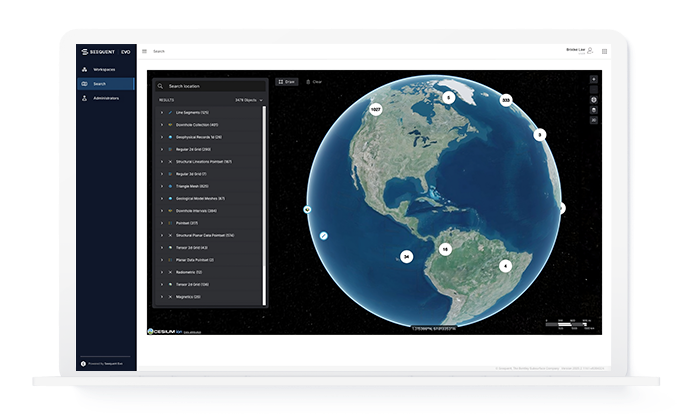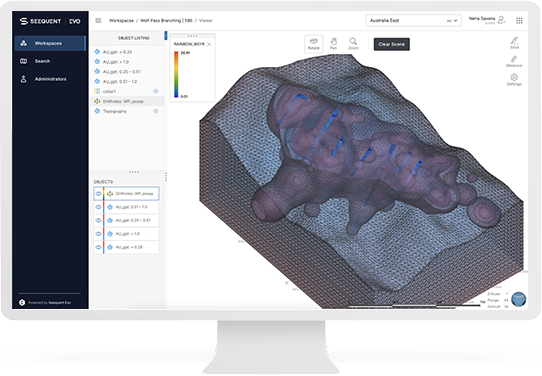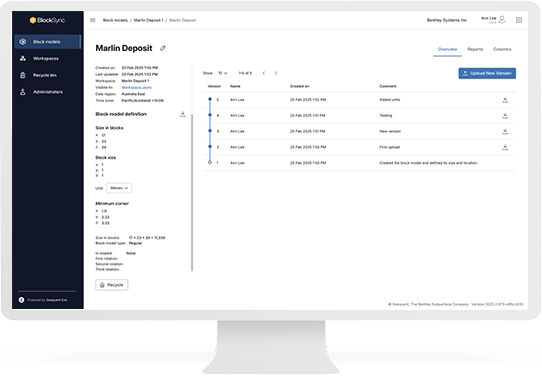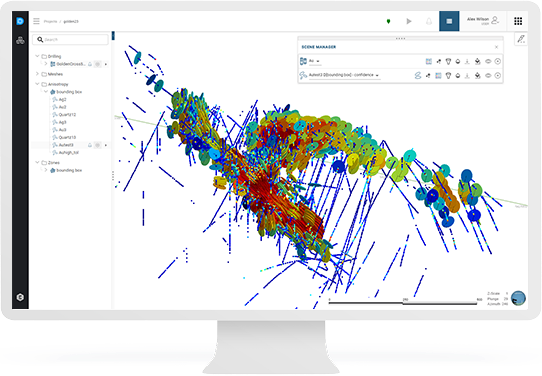Упростите процесс совместной работы, принимайте более эффективные решения, постоянно внедряйте инновации

Seequent Evo — это платформа для обработки геологических данных и вычислений, которая обеспечивает совместную работу с продуктами от Seequent и от других разработчиков и интеграцию рабочих процессов. Эта платформа поддерживает работу с программными решения для обработки геологических данных, построения моделей и генерации аналитической информации. Платформа стимулирует инновации и обеспечивает пользователям возможность непрерывно совершенствовать свои рабочие процессы и практики ведения бизнеса с помощью открытых программных интерфейсов (API) и данных.





















